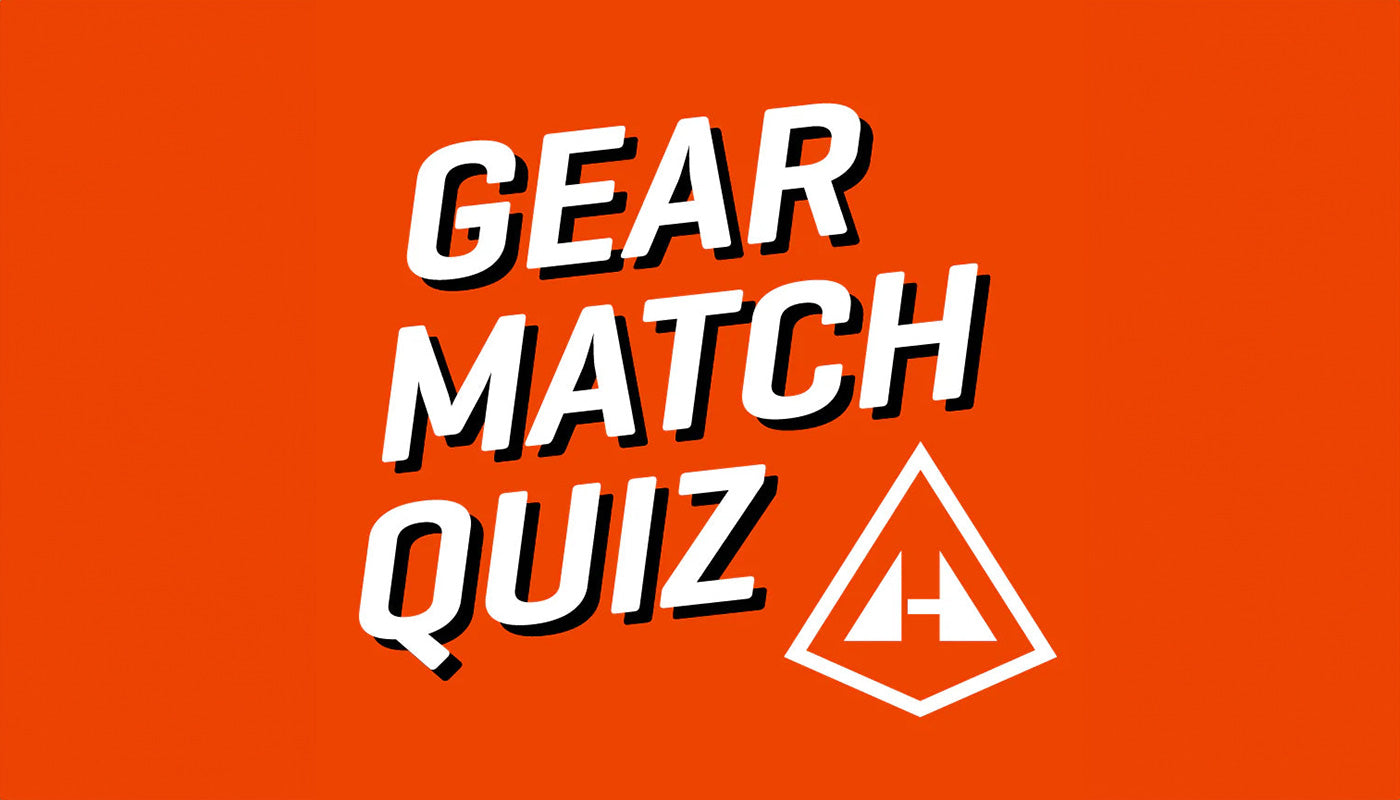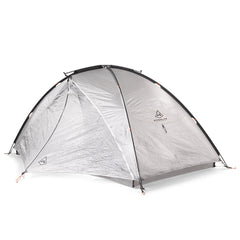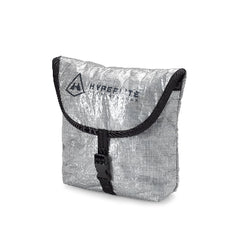Photos by Jessica Kelley
One of three recipients of the Kyle Dempster Solo Adventure Award, Jessica Kelley followed a circuitous broken-ankle led journey through a variety of modes of wilderness travel to finally hatch her own 1,300-mile bike and packraft trip in Alaska.

Can we have an introduction to who you are – the crucial details if you will?
Jessica Kelley, endurance coach/athlete, mom, wife, dog-mom.
You recently completed a 1,000+ mile bikerafting adventure around Alaska. Where did you start and end, how many days were you out, how many miles were pedaled, and how many were on water?
My route was a 1,300-mile loop, starting and ending in Anchorage, Alaska. The first leg of my trip involved biking from Anchorage to Eagle, which was approximately 500 miles and took me around six days. My longest day on the bike was 140 miles, biking from Glennallen to Tok. It was a relatively flat stretch, I had a tailwind, it was sunny and in the mid-60s, and it just seemed silly to stop pedaling on such a perfect day.
Once I arrived In Eagle, I inflated my packraft, lashed my bike to the bow, and floated off down the Yukon River. Over three days, I paddled 160 river miles from Eagle to Circle, through the Yukon-Charley Rivers National Preserve. These were long days on the river, but there was a purpose; the bugs on the Yukon were horrendous near shore but disappeared once I got out into the middle of the river and away from vegetation. Also, it was summer in Northern Alaska, so it never really got dark. Therefore, I spent 10-12 hours per day in the boat paddling, taking photos, watching the world go by, avoiding the bugs, thinking, writing, and paddling some more.
In Circle, I put my bike back together, deflated and rolled up my raft, and secured it to the rear rack on my bike. I used a Summit Pack to carry my PFD and paddle on my back. I usually don’t like riding with backpacks, but this was a light load, and the pack carried the weight well. From Circle, I rode an additional 635 miles back to Anchorage, which included a side trip into Denali National Park – one of the highlights of the trip.

And what is the backstory about the trip support you were granted?
This trip was possible in large part because I was awarded the Kyle Dempster Solo Adventure Award which included a stipend provided by Outdoor Research, as well as gear from Hyperlite Mountain Gear, La Sportiva, Black Diamond, and PROBAR. After receiving the KD Solo Award, I contacted several other companies, including Alpacka Rafts and Revelate Designs, to ask for assistance with gear. Most companies responded with, “Kyle was a great guy and a good friend, and we’re happy to support a trip that’s associated with him.” Kyle was clearly well-liked and well-respected in the outdoor community and receiving the KD Solo Adventure Award opened a lot of doors for me. It’s hard to adequately express my gratitude to Kyle and his family and friends for giving me the opportunity to do this adventure. I spent a lot of time thinking about Kyle before, during and after the trip – was I honoring his memory? If he were right next to me, would he be psyched? What was I learning on this journey, and how could I share it with others as part of his legacy?
So, let’s deconstruct the evolution of this incredible trip. Before this endeavor, were you primarily a cyclist or a boater? When did you combine the “peanut butter with the jam?”
I used to be a pretty serious cyclist, but around 2013 my focus shifted to ultra-distance trail running. Then, in Sept 2017, I broke my ankle while out in the Glacier Peak Wilderness and hobbled my way back to the trailhead. I’m proud that I was able to self-extract, but in hindsight, I’m guessing that limping 6.5 miles on a broken bone certainly didn’t do anything to speed my recovery. As I rehabbed my ankle, I realized that if I wanted to keep exploring new terrain and spending time in wild places, my bike was the ticket as it was going to be many months before my ankle healed enough to cover long distances on foot.
In the meantime, I had ordered a packraft from Alpacka in Aug 2017, and it arrived two days after I broke my ankle. My original intent had been to do some more traditional packrafting trips (hike and paddle), but as I mentioned above, hiking was off the table for the near future. However, boating wasn’t! You don’t need an ankle to paddle!
So, I threw myself into packrafting. I was a raft guide in Colorado and California 15+ years ago but hadn’t done any real paddling since then, and I’d never done any whitewater kayaking. I knew just enough to get myself into trouble. The Seattle whitewater community is super welcoming, and a couple of hardshell kayakers took me under their wing and introduced me to some of the more mellow runs around here.
It was that fall of 2017, while recovering from the broken ankle that I decided to plan a bikerafting trip. I needed a goal, preferably a long challenging trip in remote terrain. And so, the idea of bikerafting around Alaska was born.

Did you have many big multi-modal adventures in your repertoire before Alaska?
Nothing quite as big as this. I’d used my bike as a means of transport to trailheads, or to shuttle myself during one-way traverses on foot. And of course, I made several bikerafting trips in the months leading up to my Alaska adventure just to make sure all my gear was dialed. But this was the longest and most gear-intensive trip I’d done.
How did you plan your route and supply logistics? Were you familiar with any of the areas you’d be traveling through? Any locals to turn to for intel? If neither, who or what did you use as resources for planning?
I LOVE maps, so I spent a lot of time staring at CalTopo, zooming in and out, and thinking about ways to connect the roads, tracks, and rivers. When it came to resupply points, the Milepost was invaluable. (The Milepost is a detailed guide to all of the roads in Alaska including all services available along the way.)
I also need to give a big shout-out to Lael Wilcox, who is from Alaska, and rode every road in Alaska during the summer of 2017. Her Alaska project was the definition of inspiring: she showed me what could be done, and her success gave me the confidence to try something similar, if not quite as epic.
Once you arrived in Alaska and set off on the journey, did expectations match reality? How or how not?
For the most part, yes. I think I didn’t process ahead of time just how much highway riding I was going to be doing – that was kind of a bummer. It took me several days of riding to get away from all of the RVs and crowds and pavement. But that’s part of the deal with human-powered expeditions – you take the good with the bad. And getting to the more remote areas under my power was very gratifying.

What were some of the high points?
Riding the Denali Park Rd. was absolutely incredible. I lucked out and had fantastic weather – the mountain was visible from top to bottom, all day long. I also saw a ton of wildlife – grizzlies, Dall’s sheep, moose, foxes, etc. It was everything that I had hoped and imagined it would be.
I took a transit bus to Wonder Lake (85 miles from the park entrance), and then biked back. This is how most locals explore the park by bike, and I highly recommend it. The bus trip was cool, and even though it wasn’t a “tour” bus, the driver still stopped to show us animals and give us a bit of natural history about the area. Just as I was getting tired of traveling on a bus with 50 of my closest friends, we reached Wonder Lake. I jumped off the bus, unloaded my bike, and rode away, suddenly independent and free to explore the park under my own power, at my own pace. It was wonderful.
Can’t have the highs without a few lows. Any standouts?
The mosquitoes and blackflies in interior Alaska, particularly on the Yukon River and from Circle to Fairbanks, were horrendous. I’ve already mentioned the bugs on the Yukon, but I also had a “fan club” of black flies that followed me all the way from Circle to Fairbanks. I was like that Peanuts cartoon character, Pig Pen, who always has the flies swarming around him. Not fun.

How would you rate your gear selection? What items were essential to your success, what did you miss, and what didn’t you need? If you had to pick three things you’d say anyone setting out to retrace your miles would HAVE to have, what would they be?
I spent a lot of time dialing in my gear selection, and I feel like I generally nailed it, mainly because I was provided such awesome gear! My tent was fantastic – I had an UltaMid 2 + Insert with DCF11 Floor that was so spacious it felt downright luxurious, yet weighed in at only 2-ish lb. It definitely became my own little traveling “home” for the trip, and I was especially glad for the extra room when it rained, and I could bring all my gear inside with me for the night.
My bike (Specialized Diverge) and my boat (Alpacka Caribou) were indispensable as well. There’s no bikerafting without the bike and the pack raft!
One gear mistake I made was using an older down sleeping quilt – it was rated to 35°, but about halfway through the trip it became apparent that it had lost its loft and was barely keeping me warm during the 45-50° nights. When I got to Eagle, I decided I would buy a new bag or a blanket or something. But there’s only one store in Eagle, and they carry very limited supplies. The only thing I could find that was even close to a blanket was a moving pad. (I’m still not really sure why they had it in stock, but I was glad they did!) It provided some extra warmth during the cooler nights in the Yukon.

What’s the biggest takeaway from your trip? What did you learn about yourself?
I think some people might expect me to say that this trip made me feel empowered and confident about solo travel. But I was already pretty comfortable traveling alone before I left for Alaska, and I knew I could generally take care of myself in the wilderness. That’s the whole reason this adventure appealed to me in the first place.
What surprised me on this trip was how uplifting it was to come across other humans in the middle of the Alaskan bush, how much I enjoyed chatting with locals and other bikepackers I met on the road, and how much I found myself missing my husband and daughter. In other words, this trip taught me that although I might be an independent introvert who loves spending hours alone in the wilderness, I also really value human connection.
What’s next?
I don’t have any big projects on the horizon – at least, nothing as big as this most recent Alaska trip. There are a couple of local Washington routes I’m excited about that involve a mix of bike, hike/run, and packraft. I’m hoping to get those done before the snow flies! Speaking of snow, I do love Alaska in the winter and plan to go back at least once this winter to do a multi-day winter bikepacking trip and/or race my fat bike.























